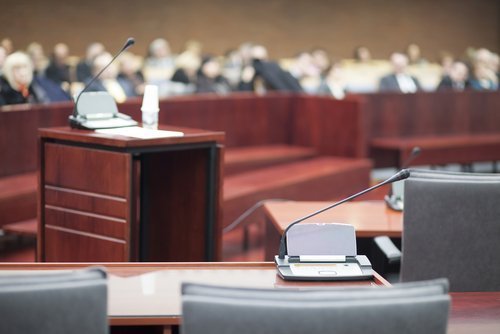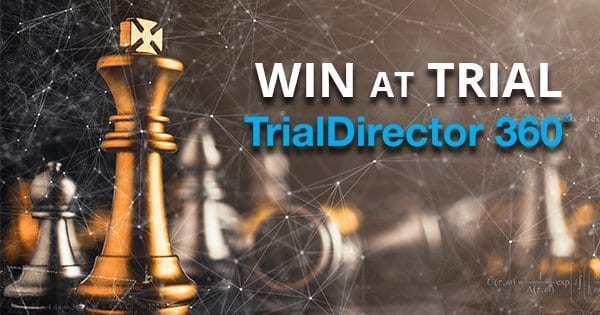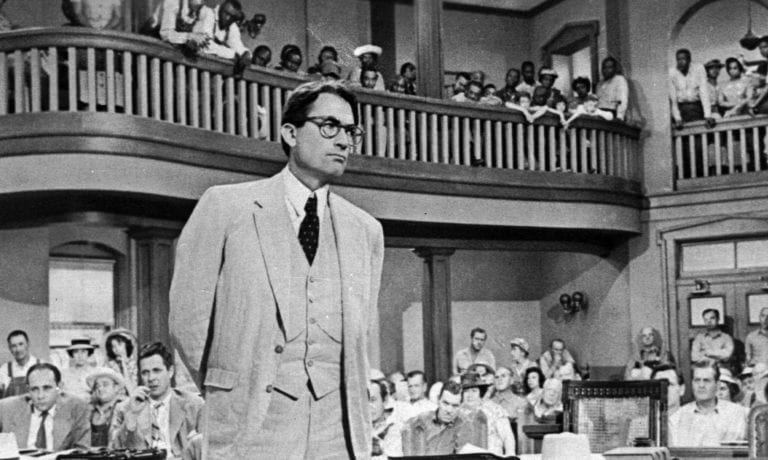You put a lot of time and effort into preparing your case for trial, but how are you going to effectively show your case to the jury? TrialDirector was designed specifically for trial (as you can tell by the name) and is the leading trial presentation software because of the following features:
- Organize witness workbooks – quickly drag and drop items into a witness folder
- Apply exhibit numbers – add trial exhibit numbers and other unique identifiers to your case items
- Search transcripts and create designations – generate PDF reports to print, email, and share
- Make exhibit lists – TrialDirector creates Word documents that you can save, print, or copy into other files
- Present documents and video in a variety of ways to maximize your presence in front of the jury
- Zoom, highlight, and use a variety of mark-up tools for maximum impact and understanding
“Eh I’m good, I use PowerPoint.”
We agree that PowerPoint is an excellent presentation program. It creates linear presentations that you can make in advance. So why take the time to learn TrialDirector? Putting aside all the functions listed above (which PowerPoint can’t do, by the way), let’s focus on the presentation.
When you’re presenting to a jury, you need to adapt, be quick on your feet, and prepare for the unexpected. For instance, a document might suddenly be admissible, or the witness answers your question in court differently than in his deposition. What do you do – take a few minutes to create a new PowerPoint slide at counsel’s table? Request a recess? Make the jury wait in silence? You don’t want to lose the impact of expediency.
TrialDirector lets you present any document, any time. You just type in the exhibit number and hit enter; that’s it. You can now continue your questioning about this now-admissible document without missing a beat. When you finish, return to your regularly scheduled presentation organized in a workbook. It’s seamless for you and transparent to the jury.
But don’t worry…
PowerPoint has a place in your case and it has a place in TrialDirector! We know that PowerPoint is ideal for opening statements. Create your opening in PowerPoint and easily load it into your TrialDirector case. TrialDirector will display your PowerPoint presentation and you can move through the slides at your pace, just as you would in PowerPoint.
Ready for closing arguments? Insert the images you showed the jury through TrialDirector into your PowerPoint closing. This will enhance memory and recall. Jurors will not only remember the document, they’ll remember what you showed them.
So, you use PowerPoint? That’s not a problem, because TrialDirector doesn’t make you choose. Use the comfort of PowerPoint along with the flexibility and power of TrialDirector to make your case.



















